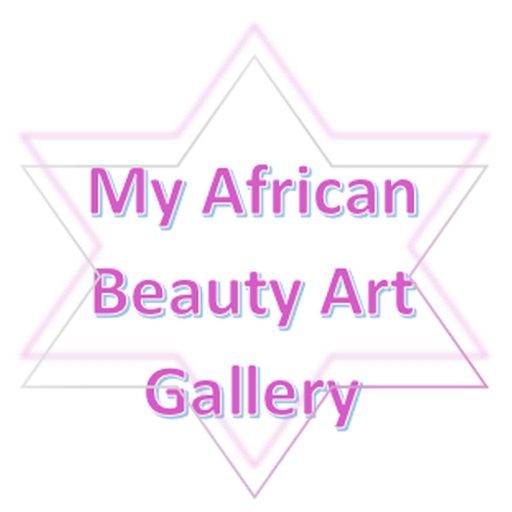Hemba
TYPES OF ART
The artistic style of the Hemba is very similar to that of the Luba, as many of their forms are borrowed. Art often results from the elaboration of otherwise simple utilitarian objects. Extensive wooden sculptures, which often represent the ancestors, predominate.
HISTORY
Near the end of the 16th century, the Hemba began their migration from an area to the northeast, probably modern day Tanzania. In the 1800s under the direction of Niembo and his son, Myhiya, the Hemba moved into their current location along the Congo River. The Luba unsuccessfully tried to incorporate the Southern Hemba into their growing kingdom. The Luba did succeed, however, in greatly influencing the Hemba in numerous ways, including artistic styles. In the late 19th century, the Hemba were subjugated to raids by Arab slave traders and again by Belgian forces during colonization.
ECONOMY
The Hemba are primarily subsistence agriculturalists whose main staples include manioc, maize, peanuts, and yams. These crops are supplemented by small scale hunting and fishing done mostly by the men. Some alluvial copper is panned from the river and sold to outside markets.
POLITICAL SYSTEMS
Generally, the Hemba acknowledge chiefs who are heads of extended landholding families as their political leaders. Genealogy is recognized both matrilinearly and patrilinearly, but land chiefs inherit their positions through their maternal line.
RELIGION
The Hemba recognize Vidiye Mukulu (a creator god) and Shimugabo (a supreme being). Worship is primarily carried out through sacrifices and offerings to ancestor shrines. Diviners play an important role in society, often requiring that certain ancestors be appeased in order to establish balance in the community.
FACTS ABOUT HEMBA
LOCATION

COUNTRIES
Democratic Republic of the Congo
LANGUAGES
Kihemba (central Bantu)
POPULATION
90,000
NEIGHBORING PEOPLES
Luba, Bangubangu, Songye, Kunda
